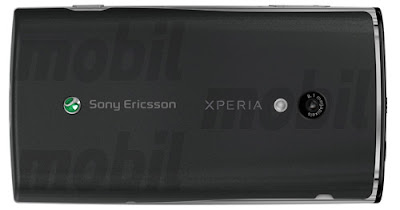Twitter is wooing businesses with a "Twitter 101" online course in how the hot microblogging service can be used to boost bottom lines.
While the company itself grapples with how to cash in on its rocketing popularity, Twitter has freshly-added to its website lessons in ways that "tweets" can help businesses improve their image and win customers.
"While this work was envisioned for businesses, it's also useful for anyone using Twitter so have a look if you like," Twitter co-founder Biz Stone said.
"We coordinated with business students and writers to surface some interesting findings, best practices, steps for getting started, and case studies."
A "Twitter 101" presentation titled "A Special Guide" can be found by following "Business" links at the bottom of Twitter Web pages.
"We're focused on enhancing value across Twitter in general; these documents are just a first step," Stone wrote.
Businesses can tune into Twitter to find out what people are saying about products or services and then instantly join real-time conversations in order to build on positive comments or address concerns of customers.
"Twitter connects you to your customers right now, in a way that was never before possible," an opening page at 'Twitter 101' maintained.
"Businesses of all kinds, including major brands, increasingly find that listening and engaging on the service lead to happier customers, passionate advocates, key product improvements and, in many cases, more sales."
The conversational nature of Twitter lets businesses build relationships with customers and get feedback for improving products or services, according to the 101 course.
Stone has said publicly that money-making strategies being considered by Twitter include charging fees to business users while remaining free for others.
Twitter, meanwhile, has been deleting accounts believed to be used to "spam" users with specious pitches or other junk text messages.
The service invites people to use computers or Internet-linked mobile telephones to fire off text messages answering the question "What are you doing now?" in 140 characters or less.
Twitter has become a sensation since launching in 2006.
While the company itself grapples with how to cash in on its rocketing popularity, Twitter has freshly-added to its website lessons in ways that "tweets" can help businesses improve their image and win customers.
"While this work was envisioned for businesses, it's also useful for anyone using Twitter so have a look if you like," Twitter co-founder Biz Stone said.
"We coordinated with business students and writers to surface some interesting findings, best practices, steps for getting started, and case studies."
A "Twitter 101" presentation titled "A Special Guide" can be found by following "Business" links at the bottom of Twitter Web pages.
"We're focused on enhancing value across Twitter in general; these documents are just a first step," Stone wrote.
Businesses can tune into Twitter to find out what people are saying about products or services and then instantly join real-time conversations in order to build on positive comments or address concerns of customers.
"Twitter connects you to your customers right now, in a way that was never before possible," an opening page at 'Twitter 101' maintained.
"Businesses of all kinds, including major brands, increasingly find that listening and engaging on the service lead to happier customers, passionate advocates, key product improvements and, in many cases, more sales."
The conversational nature of Twitter lets businesses build relationships with customers and get feedback for improving products or services, according to the 101 course.
Stone has said publicly that money-making strategies being considered by Twitter include charging fees to business users while remaining free for others.
Twitter, meanwhile, has been deleting accounts believed to be used to "spam" users with specious pitches or other junk text messages.
The service invites people to use computers or Internet-linked mobile telephones to fire off text messages answering the question "What are you doing now?" in 140 characters or less.
Twitter has become a sensation since launching in 2006.









